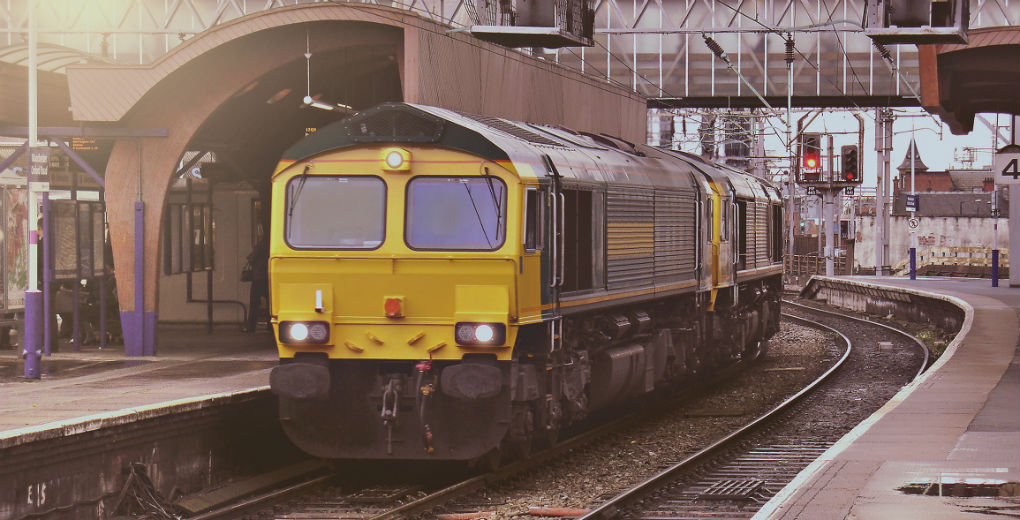
HGVs contribute to congestion, crashes and road damage but make up a significant portion of surface transport for moving goods and materials from A to B. Here are eight reasons why rail freight is the way forward:
- Rail produces 76% less carbon dioxide emissions than the same journey made by road, with one gallon of diesel taking a tonne 158 miles further.
- HGV transportation releases nearly 90% more inhalable particles known as PM10, and up to 15 times more nitrogen oxide than rail freight.
- 17.2 billion tonnes of freight was transported by rail in 2016/17 – 11% of all surface transport. The construction sector accounts for a quarter of rail freight.
- Having originally been built to transport coal, this now only accounts for 8% of rail freight. This figure will likely continue to decline as coal is phased out as part of the government’s CO2 emission reduction targets.
- According to The Office for Rail and Road (ORR), rail is 20 times safer than HGVs, which in 2013 were six times more likely to be involved in a crash on a minor road than a car.
- There are 1.6bn fewer kilometres covered by HGVs every year because of rail freight. The average locomotive takes place of 76 HGVs.
- Rail freight moves £30bn worth of goods every year, from whiskey to cement.
- Over £2bn has been invested in UK rail freight since 1994. It’s money made back, as the industry is now worth £1.6bn per year.

